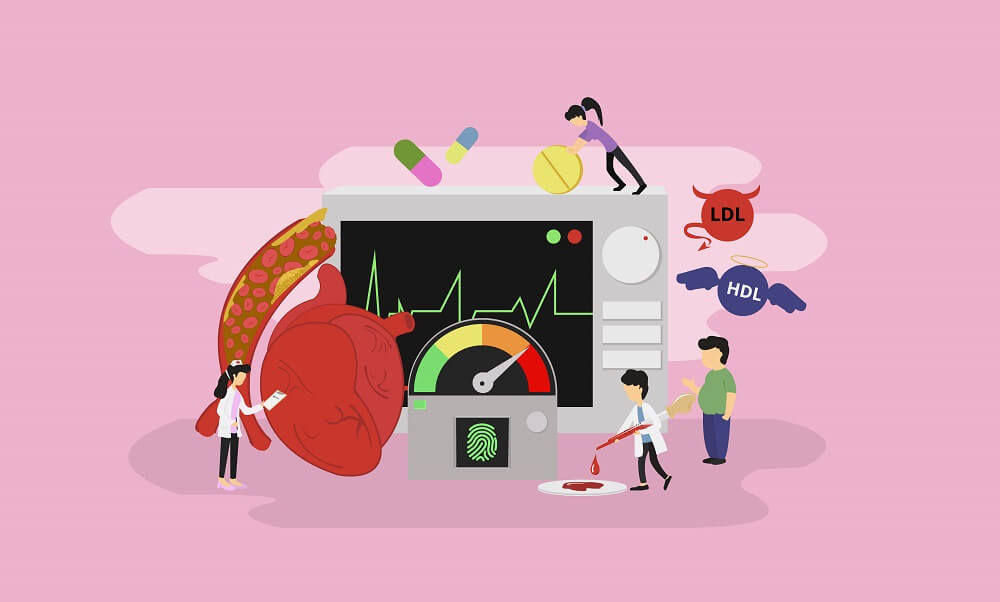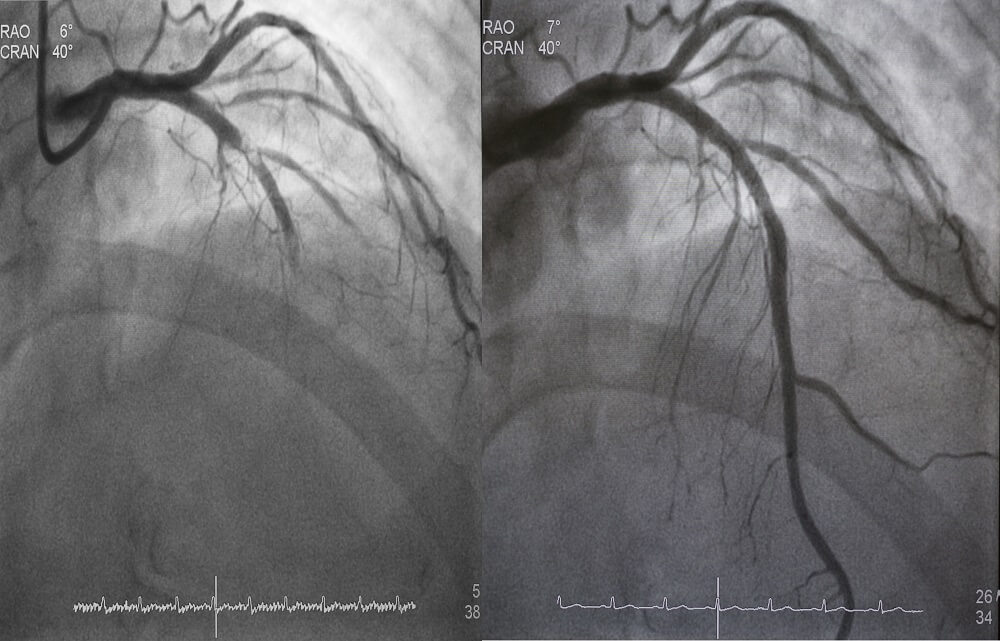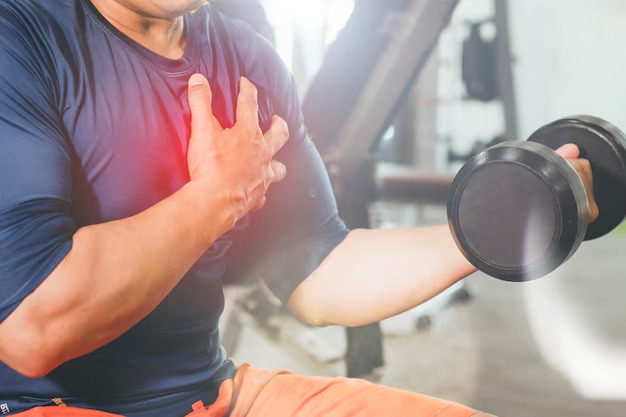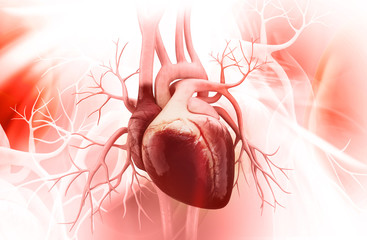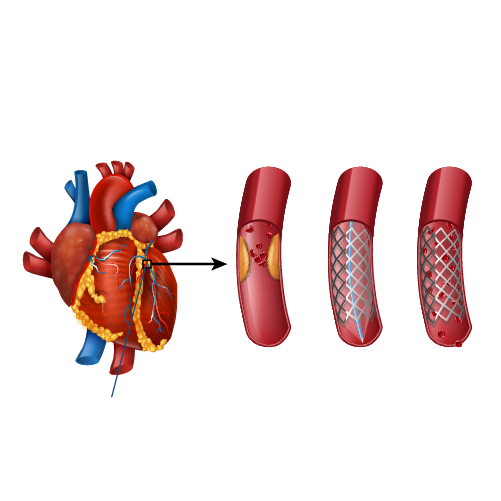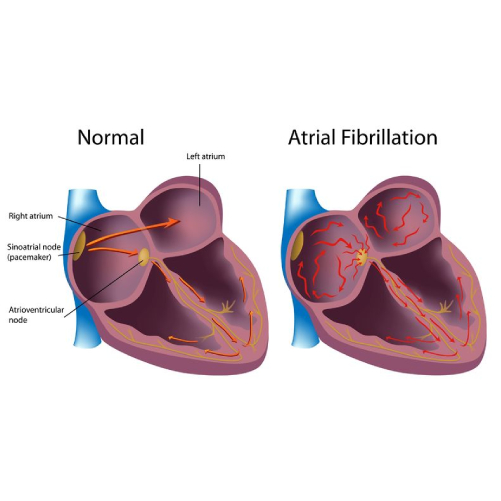Coronary angioplasty aka PCI is a common procedure with excellent success rates. The in-hospital mortality following PCI is 1-2% and in the setting of acute coronary syndrome is 3%. Additionally,1-2% of patients die after discharge within 30 days.
Two recent retrospective database analyses from the states of New York and Michigan Blue shield studied mortality after PCI 1,2. The New York database included 135,000 patients studying in-hospital and 30-day mortality while the Michigan database had 92,000 patients analysing in-hospital mortality.
I present these papers with the learning points so that we can improve patient outcomes.

The findings
- Both databases showed a 1.5% – 30-day mortality after PCI.
- 30% of these deaths are preventable.
- Most in-hospital deaths were non preventable (70%). They were attributed to pre-existing cardiac conditions such as cardiogenic shock, left ventricular failure, comorbidities etc. Most of them are emergency and high-risk patients. 30% of in-hospital deaths are preventable and in most cases the indication for PCI was rarely beneficial.
- After-discharge deaths accounted for 30% of the total 30-day mortality. Surprisingly, 60% of these deaths happened in non-emergency patients and in low-risk patients.
- Most deaths that happened in low-risk patients were in whom the PCI was rarely indicated.
- Procedural complications such as coronary perforation and rupture are extremely rare.
The learnings
- Most deaths after discharge and 30% of in-hospital deaths are preventable and happened in low-risk PCI groups.
- Patient selection using Appropriate Utility Criteria needs to be widely implemented.
- Pre-procedure patient preparation by optimising co-morbidities and heart failure could improve the outcomes.
- Post-discharge monitoring of patients could improve the outcomes.
- Hospital quality metrics need to include both in-hospital and 30-day mortality following PCI rather than in-hospital mortality alone.


